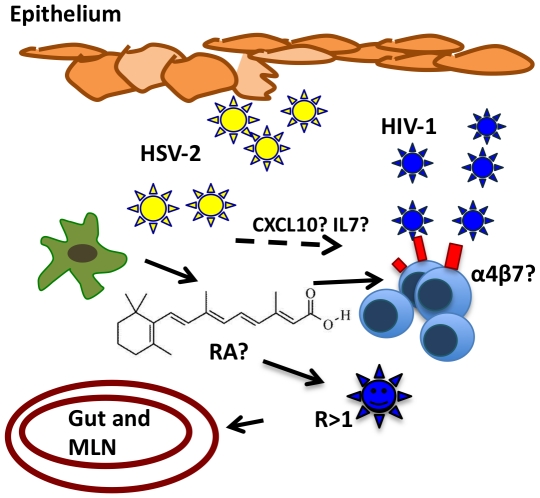Figure 7. Potential mechanism of HSV-2-infected DCs enhancement of HIV-1 infection.
Rapid replication of HSV-2 in epithelial cells could drive a low level HSV-2 infection in neighboring DCs, imprinting on them a “mucosal-like” phenotype and inducing the ability to release RA. RA can profoundly affect resident and/or recruited lymphocytes and expand the pool of α4β7 highCD4+ T cells at the mucosal site of infection. These highly susceptible cells could contribute to increase HIV-1 replication rate and HIV-1 rapid access gut inductive sites, PPs and MLNs. Therefore, the RA-driven immunomodulatory effect and other HSV-2 driven changes – that need to be investigated - could partner to create an environment particularly susceptible to HIV-1 infection.

